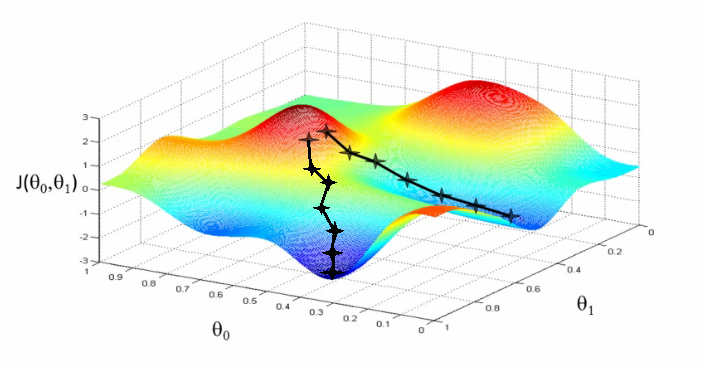- Published on
Iterative Offer Discovery
- Authors

- Name
- Vaut
- @V_aut_

Sales are a product of the amount of attention (traffic) you can get and the quality of your offer. If traffic is kept constant, the better the quality of your offer the more are going to sell. If your offer is unattractive, not even 7 billion views will sell your product.
Offer
An offer is the information presented to potential customers based on which they will make a choice of either completing, abandon, or deferring a purchase.
The offer is made up of two components. The first is branding. This includes all the visuals and image created around the brand and product. Branding is mostly pathos, as it focuses on making you feel in a certain way (e.g. cool, secure, beautiful). The second component of the offer is the value proposition. This is the logos component of the offer and meant to convey the value of your product to the potential customer. The perceived value of the same product can increase and decrease depending on how you formulate your value proposition. Importantly, the greater the magnitude of the customer's dream outcome and the probability of success, the more highly they will value your offer. Conversely, the greater the magnitude of time and sacrifice needed to attain the desired outcome with your product., the less they'll value your proposition.

Both brand and value proposition require you to understand what it is your target audience desires. Your offer will make your sale if it successfully makes your customer feel (pathos; brand) and understand (logos; value prop) desire for your product.
Offer Discovery
Offers need to be refined over time to reach their most compelling form. It might be that the color palette chosen on packaging is lacking the necessary contrast to capture sufficient attention, or that the description of the product fails to paint the desirable picture of all the use cases. There are many variables of an offer that can be tweaked, and there exists one combination of those variables that will maximize the perceived value of a product - leading to the most sales.
Marketers known this. They carry out market research as part of the offer development process. Examples of such research methods are surveys, interviews and focus groups amongst others.
Iterative Offer Discovery
Iterative Offer Discovery takes things a bit further by systematizing offer discovery into a cycle of experimentation, in which each iteration slightly tweaks one of the offer components. and measures the impact this has on customer desire for the product. Modification that bring about a desired response are made a permanent part of the offer, while failed experiments are discarded.
Algorithmic Offer Discovery
Today, we can set up a pipeline that carries Iterative Offer Discovery for any product.
Social media (SM) algorithms do it already. It serves you a palette of content, measures your engagement metrics (e.g. time, click, share etc.) and serves you more of the content that made you react. SM platforms discover an offer of content that is specifically catered to your person.
So, how do we do this for product offerings?
First, we establish our product and target audience - then, we set up an experiment cycle that isolates different offer components to test for the ideal offer composition.
Offer components include:
- Brand:
- Colors
- Slogan
- Logo
- Avatar
- Value Proposition:
- Visualizations of the Dream Outcome
- Wording for the Probability of Success
- Magnitude of Time invested
- Descriptions for the Sacrifice involved
The experiment cycle is set up as follows:
- Use generative AI to to produce versions of each of the offer component variables.
- Assemble a range of different offers by mixing and matching the generated versions of different variables.
- Run paid ads with the different offers to get them in front of the target audience.
- Measure impact via engagement. The simplest metric here is click through rate (CTR) - the percentage of times users click on the ad when they see it.
- Record the versions of the offer components that generate the most desirable impact and make them more prominent in the next iteration. Make sure to also take note of the relationship between the variables that craft a successful offer as certain offer components might only make a compelling offer if paired effectively.
This is similar to the way in which we can optimize hyperparameters for deep learning models. We explore the multivariable search space until we encounter a maximum we are comfortable with.

Once a maximum is reached there shouldn't be any adjacent offers that increase engagement metrics further.
Offer discovery complete.
At this point you've successfully found yourself an optimal offer of your product for your target audience. Direct traffic at your optimized offer and enjoy the sales.